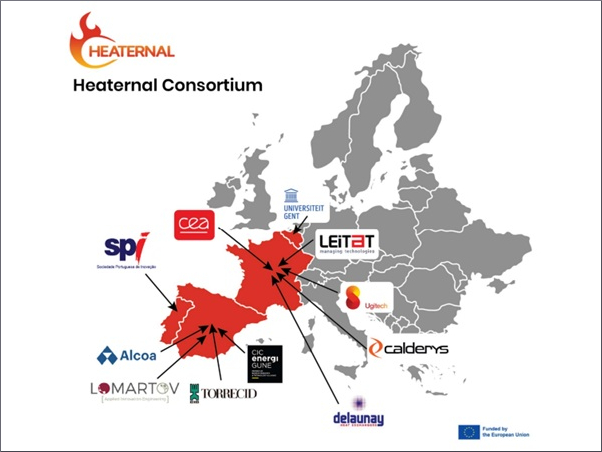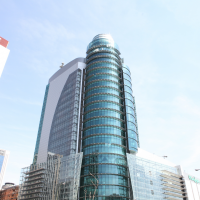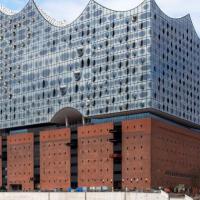Date: 16 June 2015
Yet they are one of the biggest contributors to energy bills and property maintenance costs, not to mention carbon footprint.

How can solar control glazing help?
Not only does solar control glazing help to improve building performance by reducing reliance on air-conditioning systems while still keeping the internal space cool, it can also be given low-emissivity properties to help control internal temperatures all year round. Such products can make a huge impact when it comes to improving carbon footprint and reducing CO2 emissions.
The Pilkington Suncool™ range comprises our highest performing off-line coated solar control and low-emissivity glass products, and with the growing use of glass in structural architecture, products of this type can help to minimise capital outlay and HVAC running costs, as well as reducing a building’s carbon emissions the whole year round.
According to a recent Glass for Europe report, greater use of solar control glass in residential and non-residential buildings in the EU could save up to 85 million tonnes of CO2 per year. That’s equivalent to the annual greenhouse gas emissions of 17 million cars!
What’s next?
Although there’s been a significant increase in the demand for solar control glass over the past few years, there’s still more to be done if the EU is to meet its CO2 emissions targets by 2020.
Emissions could be reduced by thousands of tonnes each year if every building using a HVAC system had high performance glazing. The introduction of specific measures, such as making it mandatory to retrofit commercial buildings with solar control glass, would significantly reduce the number of inefficient properties and help meet those EU targets, which can only be a good thing.
The full article can be accessed here.


















Add new comment